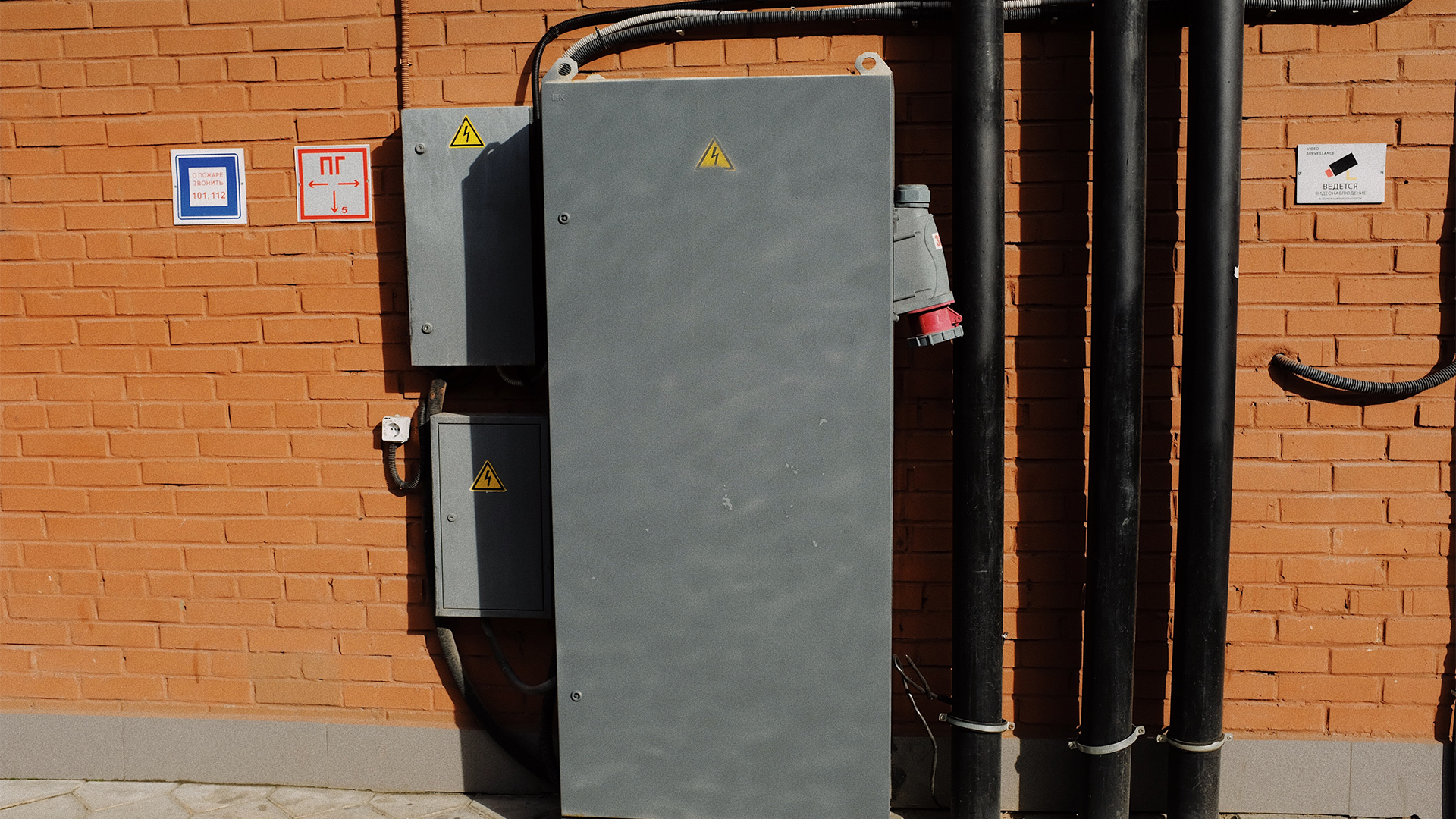
Electrical Power System Maintenance & Troubleshooting
Course overview
Power System Design, Short Circuit Analysis, Coordination Studies, Power Factor, and Power System Harmonic Analysis are just a few of the topics covered in this Electrical Power System Engineering course. This system addresses every facet of industrial power generation and distribution, including system planning, equipment selection, specification, and application, system grounding, harmonic control, protection, and adherence to electrical code requirements. This curriculum will also cover a number of in-class examples and challenges for a hands-on learning experience.
Why is it important to learn “Electrical Power System Engineering: Design, Analysis, Fault Limiting, PFC, and Harmonic Controls & Protection”? Any power plant must have a properly operating electric power distribution system in order to be maintained, troubleshooter, and operated effectively.
The power distribution system is made up of high voltage utility circuit breakers, distribution transformers, main transformers, motor control centers, voltage switchgear, motors, and variable speed drives. Therefore, everyone involved in using such important equipment needs to be aware of its applications and workplace implications.
With the help of this Training Bee training course, you’ll gain the awareness of the value of maintenance procedures for Electrical Power System Engineering: Design, Analysis, Fault Limiting, PFC, and Harmonic Controls & Protection. Participants will also learn how to organize and carry out maintenance tasks effectively.
Introduction
We will set out on a journey to investigate the complex and important facets of electrical power systems in this in-depth study. This course will provide you the information and abilities needed to be at the vanguard of contemporary power engineering, including topics like power system design and analysis, fault limitation, power factor correction (PFC), harmonic controllers, and protection mechanisms.
The foundation of our contemporary society is its electrical power infrastructure, which provides the energy needed to run businesses, residences, and organizations. Power system engineers’ roles are becoming more and more important as the demand for dependable and sustainable power increases.
We will explore the foundational ideas and cutting-edge methods that support power system engineering during this course. We will go into the intricate details of power transmission and distribution, the design considerations for effective power generation, and the difficulties and opportunities that come with integrating renewable energy sources.
Fault limitation and protection will be one of our main areas of concentration. For electrical power systems to be safe and stable, it is crucial to know how to recognize, isolate, and reduce errors. You will learn about the many protection relays and tools used to keep the system secure in strange circumstances.
We are The Training Bee, a global training and education firm providing services in many countries. We are specialized in capacity building and talent development solutions for individuals and organizations, with our highly customized programs and training sessions.
Learning Objectives
Upon completing Electrical Power System Engineering: Design, Analysis, Fault Limiting, PFC, Harmonic Controls & Protection, participants will be able to:
- Recognize the design and analysis of power systems.
- Design harmonic filters and evaluate harmonics
- Put coordination learning’s and curves into practice
- picking and sizing the parts of the power system
- carry out research on short circuits
- Create more efficient electrical power systems.
- Do the overcurrent device calculations.
Our Unique Training Methodology
This interactive course comprises the following training methods:
- Journaling – This consists of setting a timer and letting your thoughts flow, unedited and unscripted recording events, ideas, and thoughts over a while, related to the topic.
- Social learning – Information and expertise exchanged amongst peers via computer-based technologies and interactive conversations including Blogging, instant messaging, and forums for debate in groups.
- Project-based learning
- Mind mapping and brainstorming – A session will be carried out between participants to uncover unique ideas, thoughts, and opinions having a quality discussion.
- Interactive sessions – The course will use informative lectures to introduce key concepts and theories related to the topic.
- Presentations – Participants will be presented with multimedia tools such as videos and graphics to enhance learning. These will be delivered engagingly and interactively.
Training Medium
This Electrical Power System Engineering: Design, Analysis, Fault Limiting, PFC, Harmonic Controls & Protection training is designed in a way that it can be delivered face-to-face and virtually.
Course Duration
This training is versatile in its delivery. The training can be delivered as a full-fledged 40-hour training program or a 15- hours crash course covering 5 hours of content each day over 3 days
Pre-course Assessment
Before you enroll in this course all we wanted to know is your exact mindset and your way of thinking.
For that, we have designed this questionnaire attached below.
- In the context of power generation, transmission, and distribution, defines electrical power system engineering and its main goals.
- Identify the essential elements of an electrical power system and their roles within the larger power network.
- Discuss the techniques for detecting and mitigating defects as well as the significance of fault limiting and protection in electrical power systems.
- How does Power Factor Correction (PFC) affect the effectiveness and caliber of electrical power systems?
- Discuss the potential issues caused by harmonics in electrical systems and define what they are. How are harmonics managed or reduced?
- Give an explanation of the power system analysis procedure, including load flow studies and short-circuit analysis, as well as their importance in system design and operation.
Course Modules
This Electrical Power System Engineering: Design, Analysis, Fault Limiting, PFC, Harmonic Controls & Protection covers the following topics for understanding the essentials of the Agile Workplace:
Module 1 – DESIGN OF POWER SYSTEMS
- Design of Electrical Power Systems Overview.
- Systematic primary selection.
- Considerations for Electrical Safety.
- Economic factors in design.
- Wye versus Delta configurations.
Module 2 – CALCULATIONS
- Equipment Loads
- Calculations for General Lighting Loads
- Receptacles Calculations of Load
- Requirements for National Electrical Code Article 220
- Demand Elements
Module 3 – SWITCHBOARDS, PANELBOARDS, AND CONDUCTORS
- Fully Rated Panels vs. Series Rated Panels
- Ratings for Switchboard Bus
- Temperature considerations for breaker and fuse selection
- Ground and neutral conductors
Module 4 – STUDIES IN DESIGN AND CASE
- Circuit design for a small industrial switchboard.
- Designing lighting.
- Lighting Design.
- Calculations for Zonal Cavity Lighting.
- Case analyses.
Module 5 – TRANSFORMERS
- Transformer types
- Designs for Cast Coils
- Transformer Sizing and Safety
- Insulating properties
- Transformer Safety
Module 6 – POWER SUPPLIES, MOTOR CIRCUITS, LOCATIONS, AND SWITCHES
- Overload Protection and Locked Rotor.
- Class of Insulation and Service Factor.
- Vehicle tables.
- Requirements for the grounding electrode system.
- Selection of the Equipment Grounding Conductor.
- Issues with power quality.
Module 7 – Analysis of a short circuit
- Introduction to Short Circuit Analysis.
- Ratings for interrupting and withstanding.
- Requirements for data.
- Available Resources Current in a short circuit.
Module 8 – IMPEDANCE OF THE CONDUCTOR AND SHORT CIRCUIT CALCULATIONS
- Calculating Source Impedance
- Worksheets for Conductor Calculations
- The Conductor Impedance is Calculated
- Conducting resistance Tables
- Calculating a short circuit using conductor impedance
Post-course Assessment
Participants need to complete an assessment post-course completion so our mentors will get to know their understanding of the course. A mentor will also have interrogative conversations with participants and provide valuable feedback.
- Identify the key elements of an electrical power system and explain how they contribute to the creation, transmission, and distribution of power.
- What impact do fault limitation and protection have on the dependability and safety of electrical power systems? Give particular instances of fault mitigation and detection methods.
- Describe the significance of Power Factor Correction (PFC) and how it affects the effectiveness and quality of electrical power systems.
- The idea of harmonics in electrical systems, their possible impacts, and the techniques employed to manage or attenuate harmonics should all be discussed.
- Describe the steps in the power system analysis process, such as load flow studies and short-circuit analysis, and how they affect system operation and design.
Lessons Learned
Components and subsystems interact is necessary for the design and analysis of electrical power systems. The necessity of integrating and synchronizing these components has been emphasized to participants in order to provide dependable, effective, and secure power generation, transmission, and distribution.
Participants have learned useful information on approaches for defect detection, mitigation, and protection. The stability and safety of electrical power networks depend on knowing how to quickly detect and react to disturbances.
Power Quality and Efficiency: Harmonic controls and Power Factor Correction (PFC) have been emphasized as crucial steps to raise power quality and efficiency. To improve the general effectiveness of electrical systems, participants have learnt how to deal with power factor problems and manage harmonics.
“Building reliable systems with protection and fault tolerance: Power”







